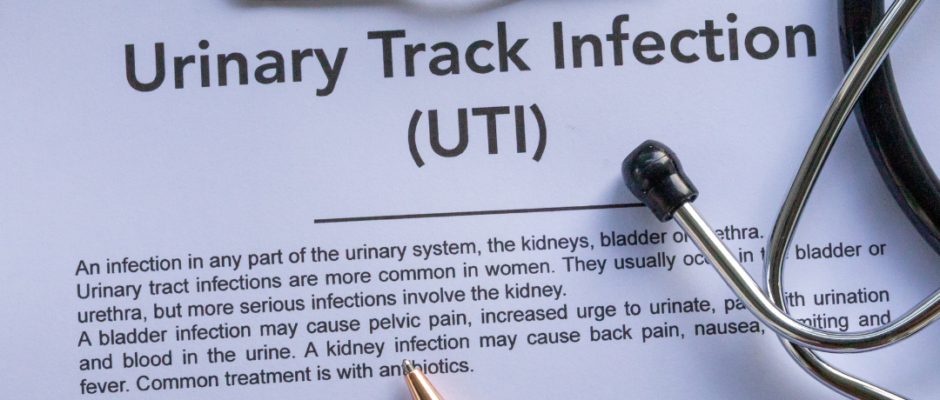
Urinary Tract Infections Guide
Learn urinary tract infections symptoms, causes, and treatments to ease pain fast. Prevent UTIs naturally—discover tips and protect your health today!Urinary Tract Pain >> Read More ...

Copyright © 2025 Healthhype.com | Sitemap